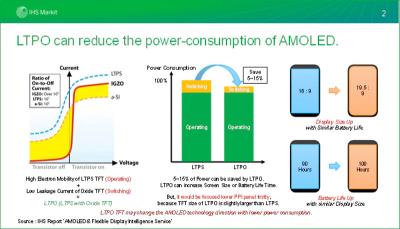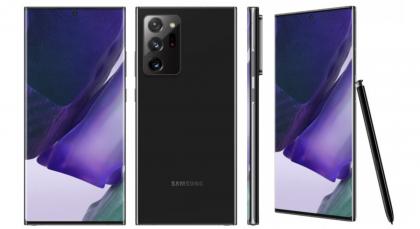Samsung Display to focus on lowering the power consumption of its smartphone AMOLED displays
Samsung Display has recently announced two design wins for its smartphone LTPO AMOLED displays - the Oppo Find X3 series and the OnePlus 9 Pro. Both adopt the same 6.7-inch 1440x3216 120Hz HDR10+ (1,300 nits peak) LTPO AMOLED display.

Samsung also announced that in the past the company's priority was to improve the image quality and the design of its OLED displays. Moving forward, SDC will focus on lowering the power consumption of its OLED displays. SDC will do so by developing low-power materials and "optimizing power-efficient technologies".











